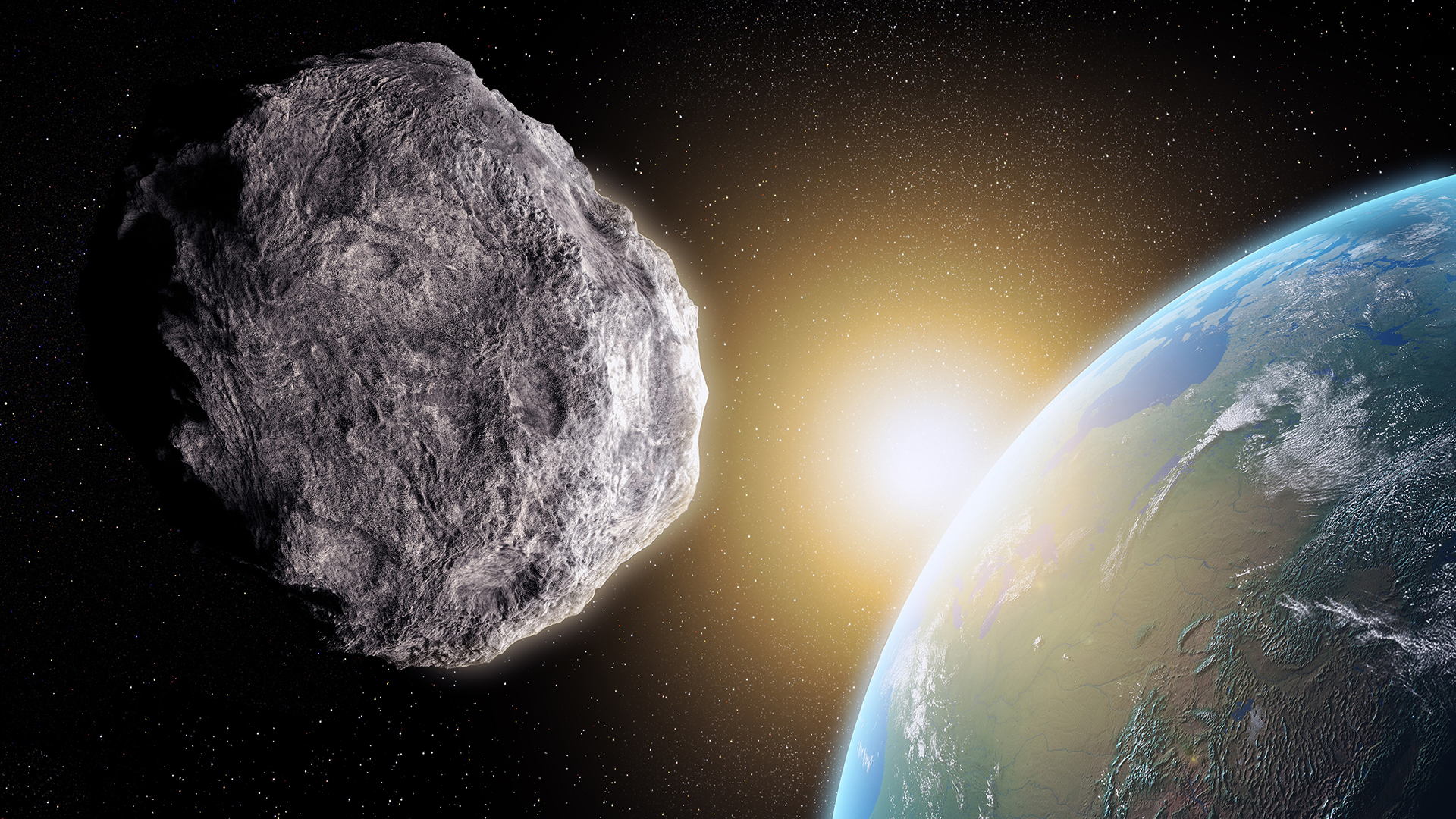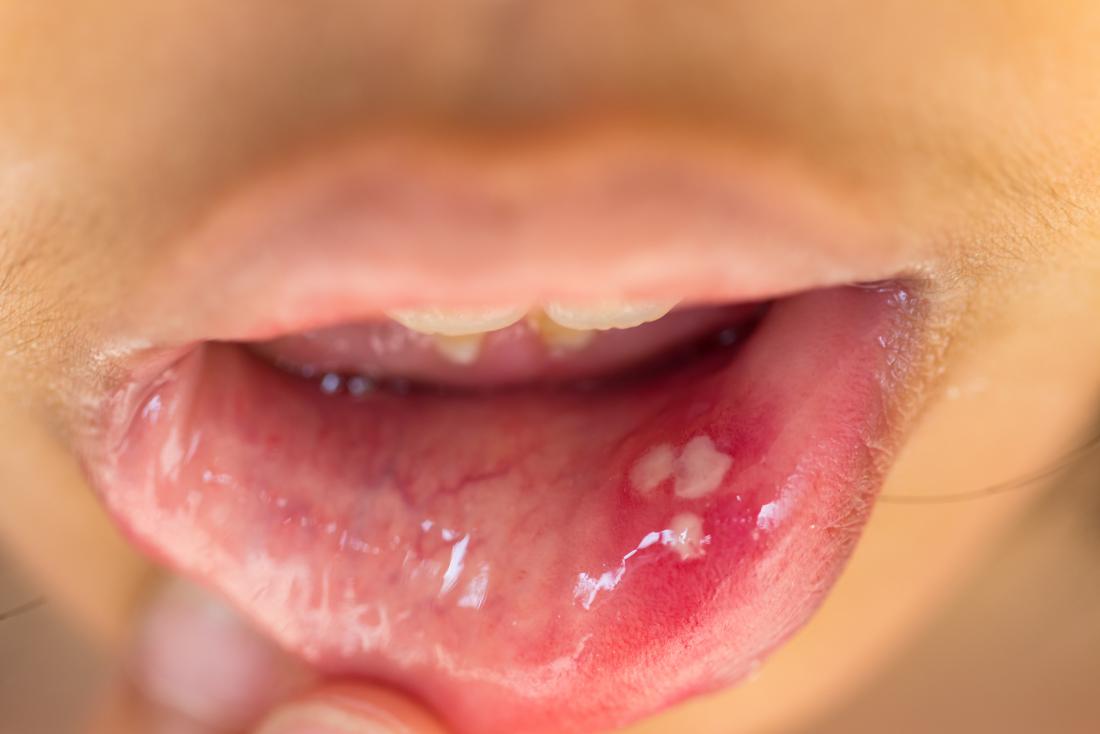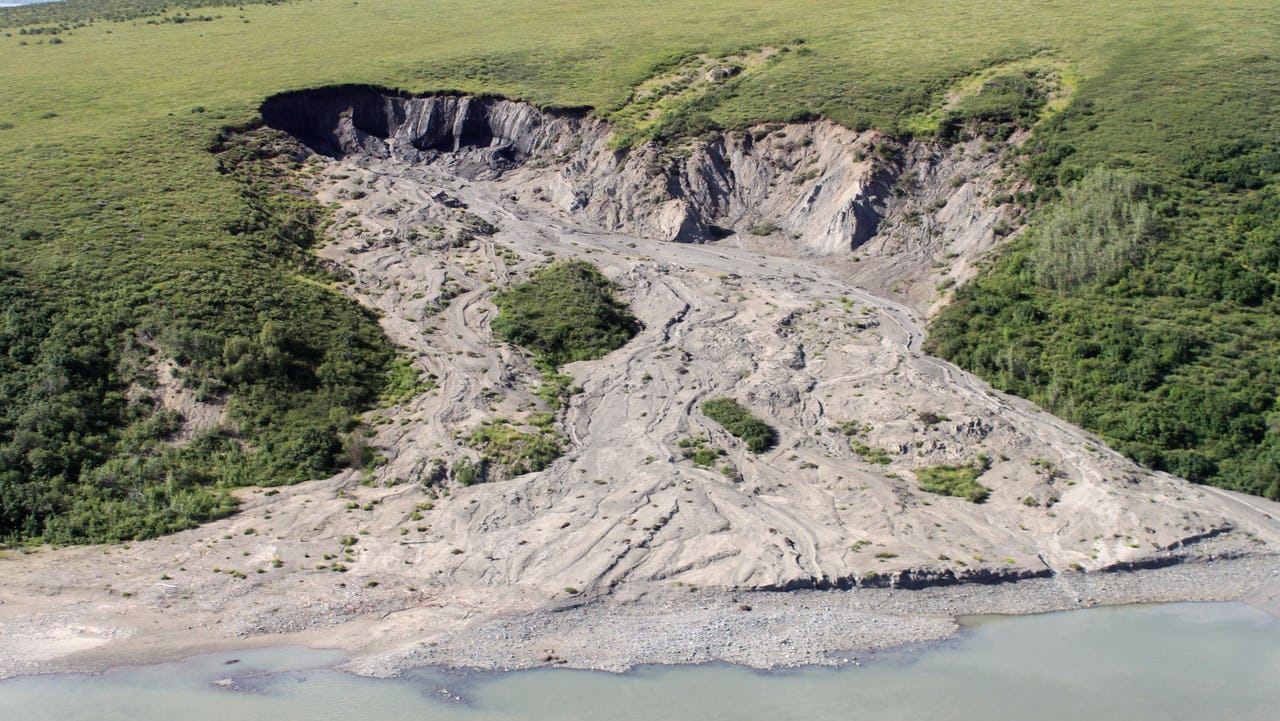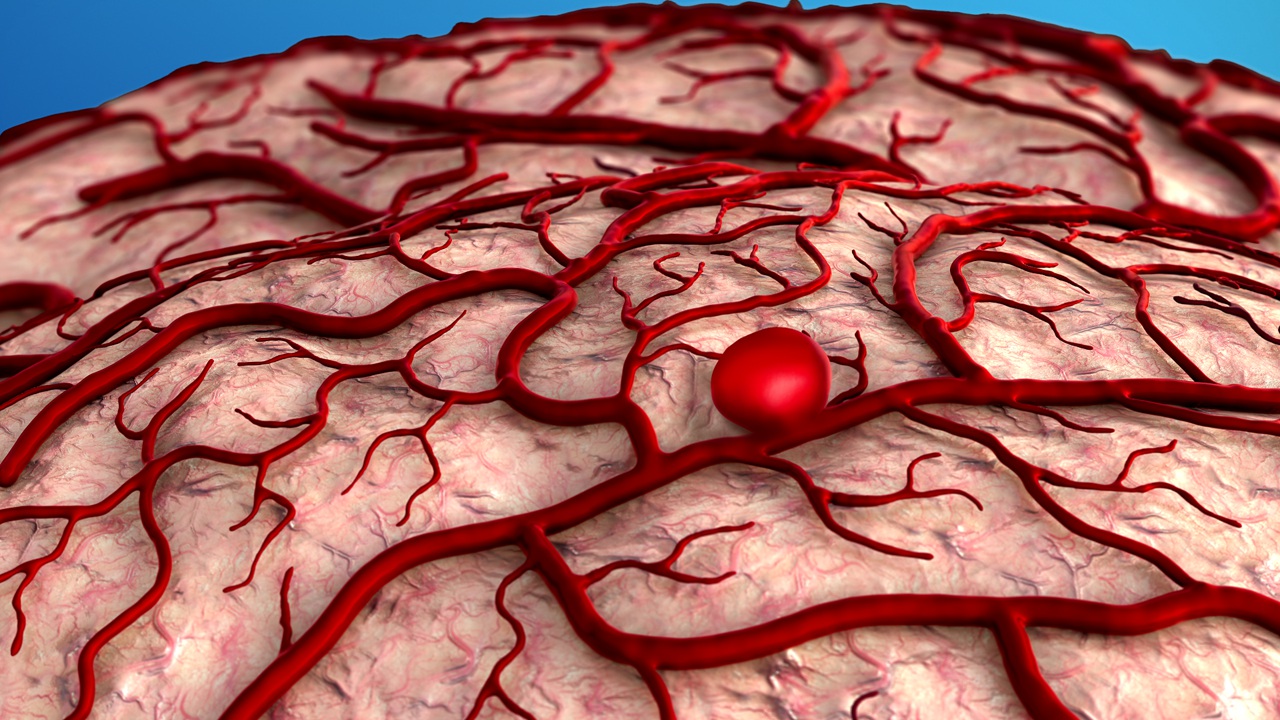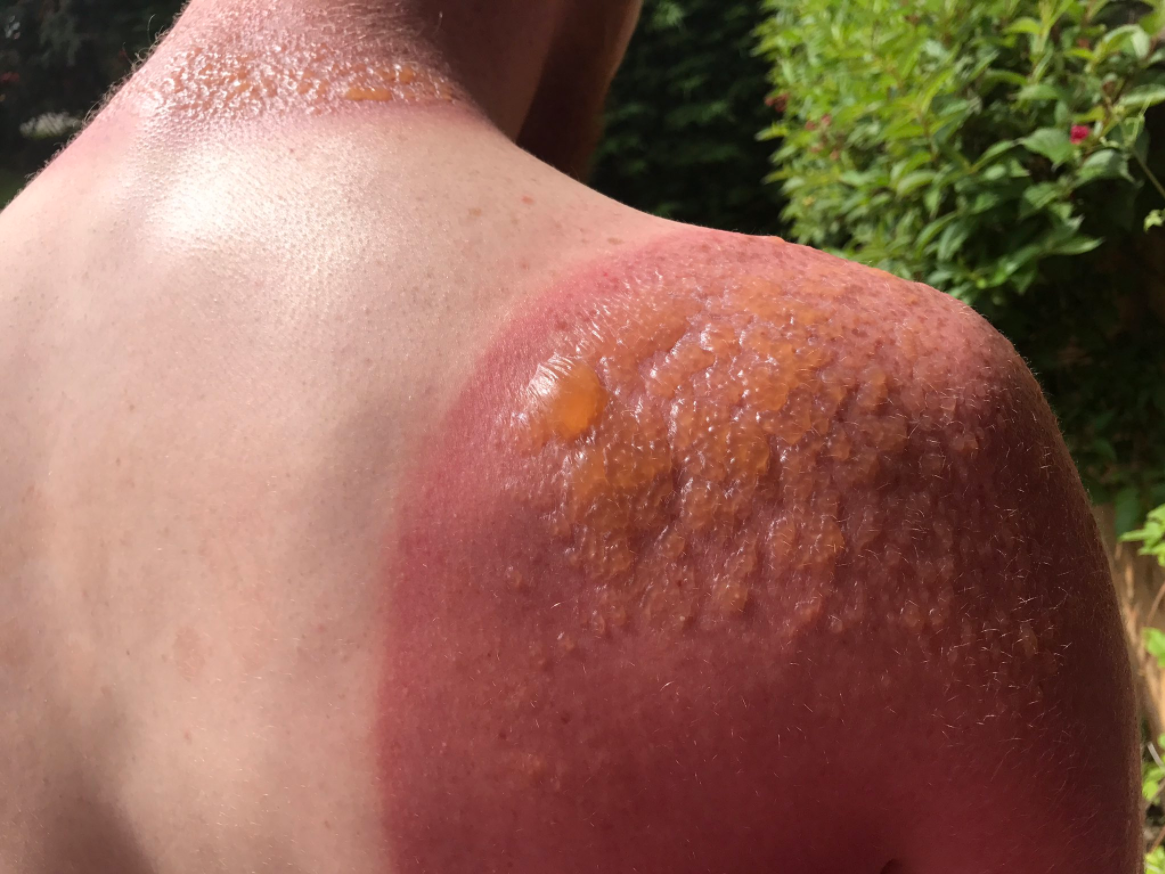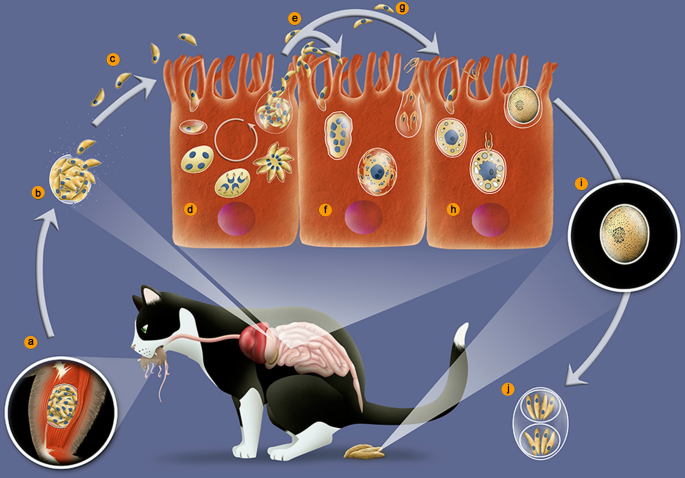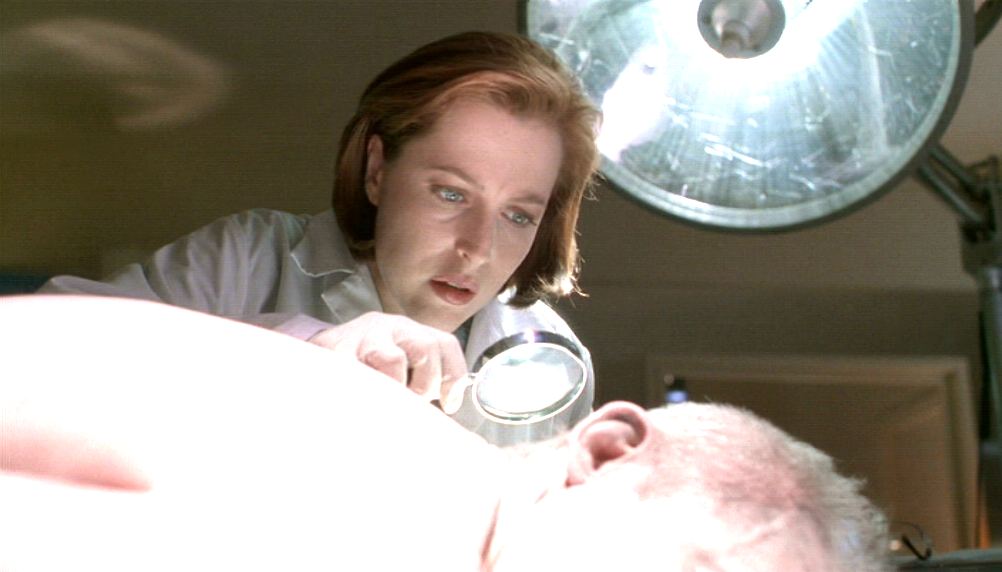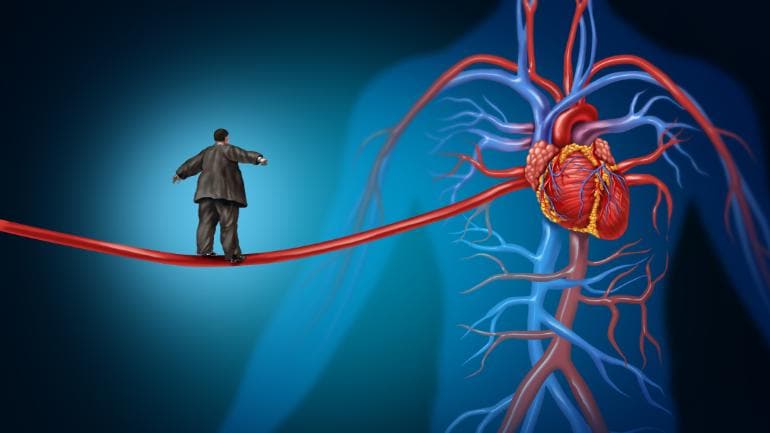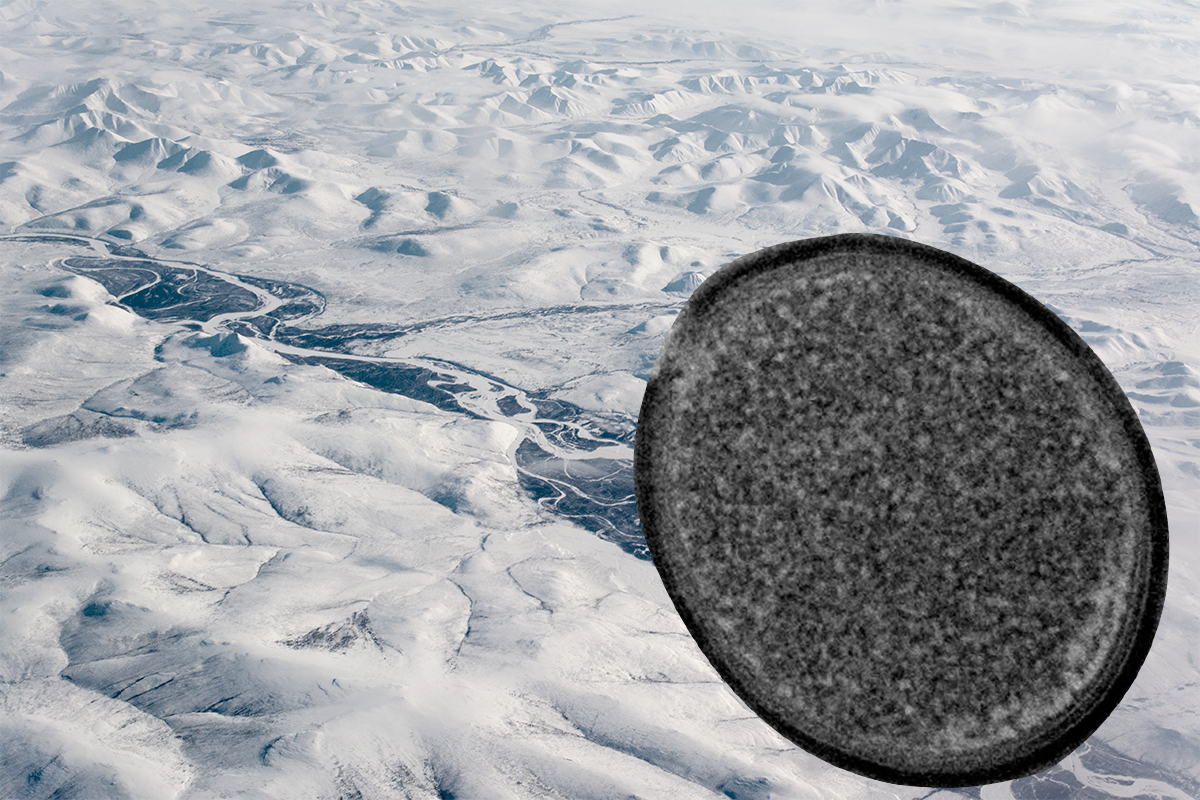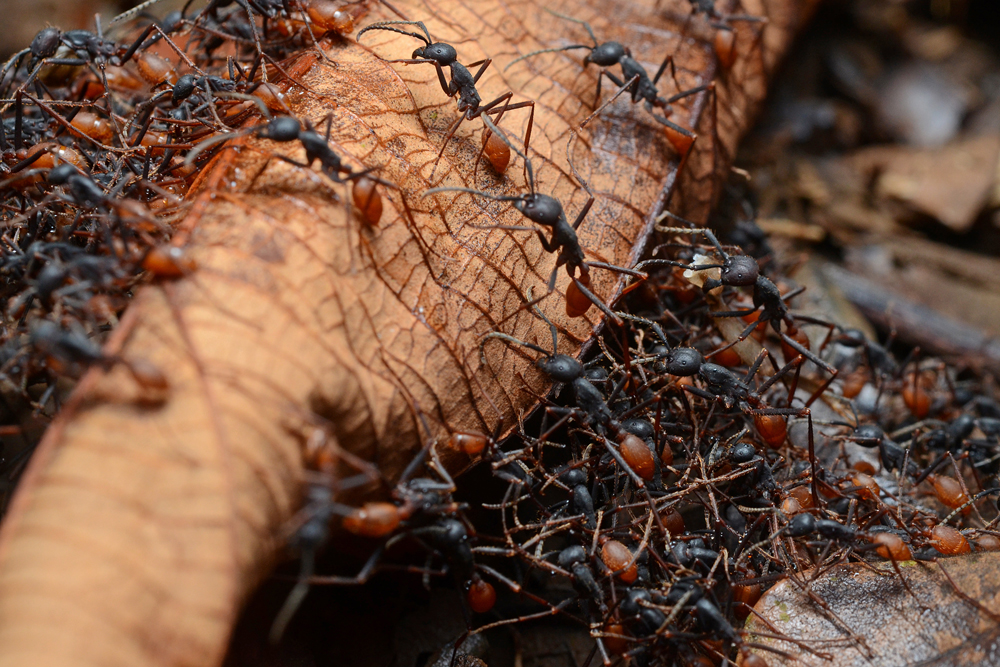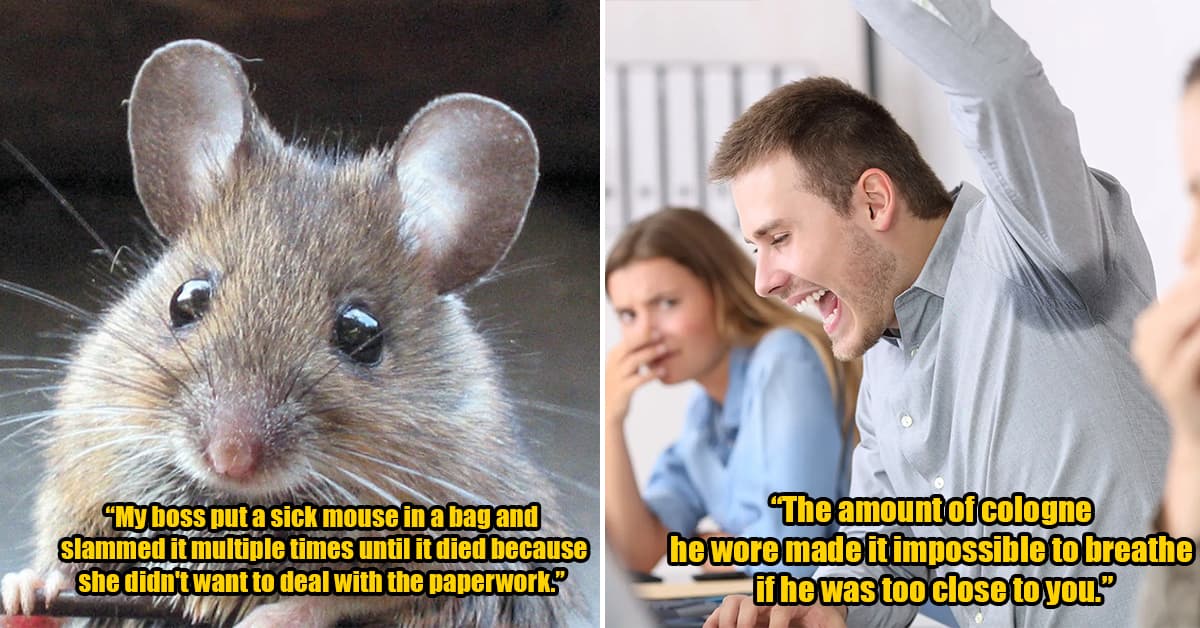25 Scary Scientific Facts You Didn't Know
Many of us take comfort from science. It gives us hope that our tomorrows will be better than today. Most of the time, at least. However, some...
Published 3 years ago in Creepy
Most of the time, at least. However, some scientific facts will ruin your entire day. And since you hate yourself already, we decided to round up the scariest scientific facts you never knew!
9
If your dog swims in a lake after receiving a spot-on flea treatment - it absolutely decimates the invertebrate population.
A large dog swimming in 8 Olympic swimming pools worth of water soon after treatment will leech enough neurotoxin to kill 50% of the lake's invertebrate population within 48 hours. I say "after" I mean relatively soon after, within say a day, to have an effect quite this devastating. The leeching does reduce over the month, but it's still there and the effect of multiple dogs still allows for a terrible buildup of chemicals.13
Approximately 60% (in some reports) of the world's population have the parasite toxoplasma gondii in their brain. For a long time, it's thought to have been a benign presence, but recent statistical research shows that it may have an impact on things like levels of anger and rates of accidents and suicide.
When gondii is on rats it changes their behavior so that they find the smell of cat urine sexually appealing. So they find cats and get eaten. In the gut of the cat, the parasite can reproduce.14
Probably Lead. If you get lead poisoning, even if it is from circumstances outside your control, you're just permanently damaged from that point onward. It can mess up brain functioning, lower intelligence, and so on, and there's no way to treat that. Add to that the fact that lead is f*cking everywhere and it becomes terrifying.
16
Heart muscle cells don’t reproduce much in adults (roughly 1% per year). If you have an infarction or other stressor that kills those cells, then your heart wont be able to “grow” new cells to replace the dead ones. This is why patients with diseases like heart failure end up needing a heart transplant. Trying to get this process to happen is a major goal for many cardiac researchers.
18
There are weaponized strains of anthrax that can remain viable and dangerous for 40+ years after release. In 1942, the UK tested an anthrax bomb on Gruinard Island, killing a flock of sheep in days (some died in hours.) Examination showed that the spores could remain active "for decades" and decontamination proved impossible at the time. The project was scrapped.
Fast forward to 1981, an eco-terrorist group smuggled a sample off of the island and threatened the UK government with releasing it if the island wasn't decontaminated. The spores were still active and deadly. It took 4 years to plan and execute the cleanup, using 280 tons of formaldehyde in a seawater solution, and removing 7 hectares worth of soil to a depth of 3 feet (about 58,000 tons of topsoil) where the concentration was too high for the juice to do the job. The island was confirmed clean in 1990, 4 years after cleanup began.19
All onions (all veggies in the Allium family)are toxic to dogs. Worst case scenario, it then can develop AIHA, Autoimmune hemolytic anemia, whereas the body destroys its own red blood cells. This disease is about 80% fatal.
My dog caught it(we are not sure from where) but it was a primary disease(not a result of cancer). We think he was eating leeks out of the garden. Took a week in the hospital, 2 blood transfusions, and about 6 months of meds to get him back. He started at 45lbs and was down to 19lbs at the worst part of it.20
Airplanes are dynamically stable, but helicopters are dynamically unstable. That means if an airplane pilot lets go of the controls of a small plane with no autopilot if it's correctly trimmed and balanced it will keep flying level until it runs out of fuel. If a helicopter pilot lets go of the controls, in about 2.4 seconds, it will tip over to such a degree that it is unrecoverable.
We can let go of one control (the collective) for a little while by frictioning it in place to change the radio, adjust something, scratch our nose or whatever - but it's friction on, do the thing with the left hand, friction off and hand back on the collective. We fly three seconds away from falling out of the sky all the time.22
Researchers have found viruses in the Arctic permafrost that have been frozen for thousands of years. One of these viruses, Pithovirus, was dormant for 30,000 years until the researchers revived it and it infected the amoebas that were placed in the tank with it.
Which of course presents a scary scenario: what happens when the ice melts away and viruses are released that haven't been in contact with humans for 10,000+ years?24
A CME (Coronal Mass Ejection) is the most likely civilization-ending disaster to come from space. The sun emits them regularly, and they hit the earth every few hundred years. The last one occurred in the 1890s, but society at the time was less susceptible to the effects. Were one to hit the earth today it would basically destroy all the tech infrastructure on whichever side of the planet is facing the sun at the time.
This would knock the affected hemisphere back into the stupid ages, and it would take decades to recover, altering the global balance of power forever. It's only a matter of time. We could mitigate the effects, but it would be expensive so we haven't and likely never will. At least not until the problem becomes real to people. By then it will be too late. This is a much more likely scenario than an asteroid impact.



